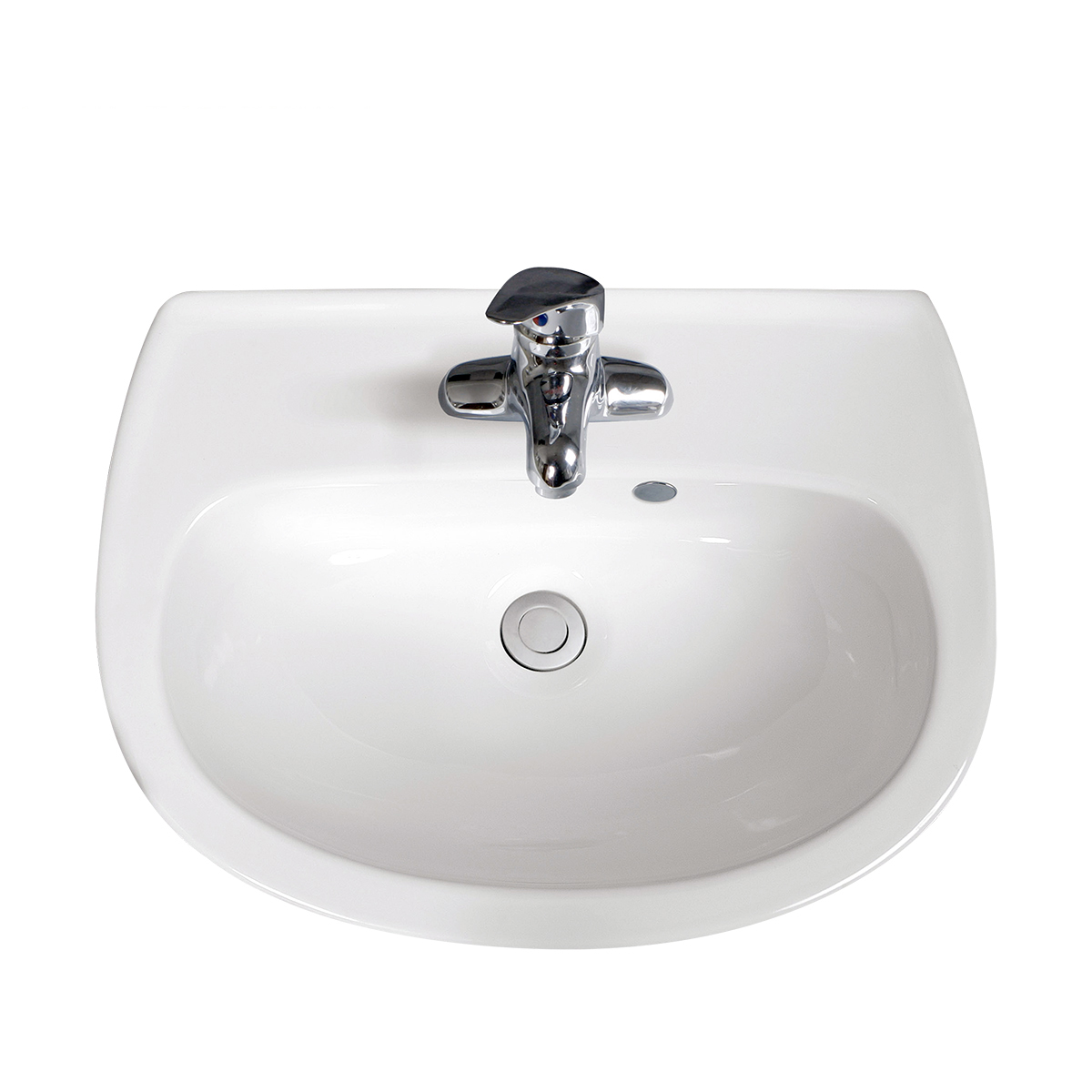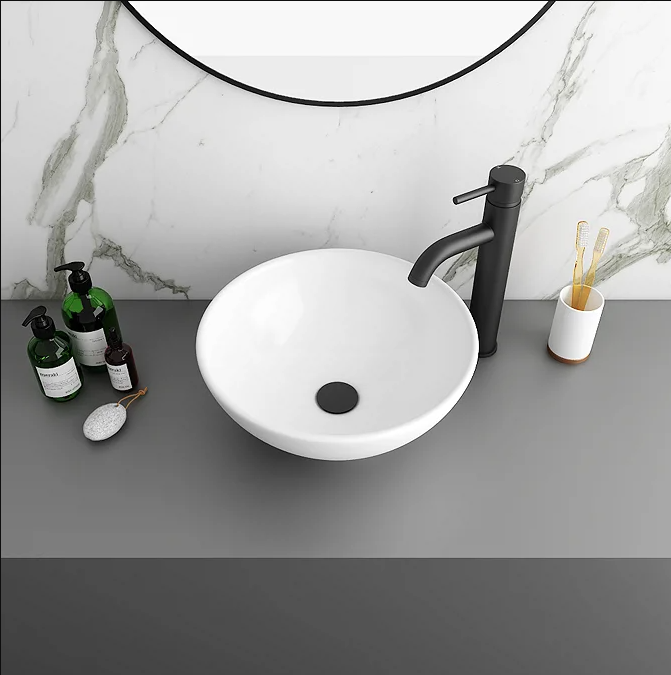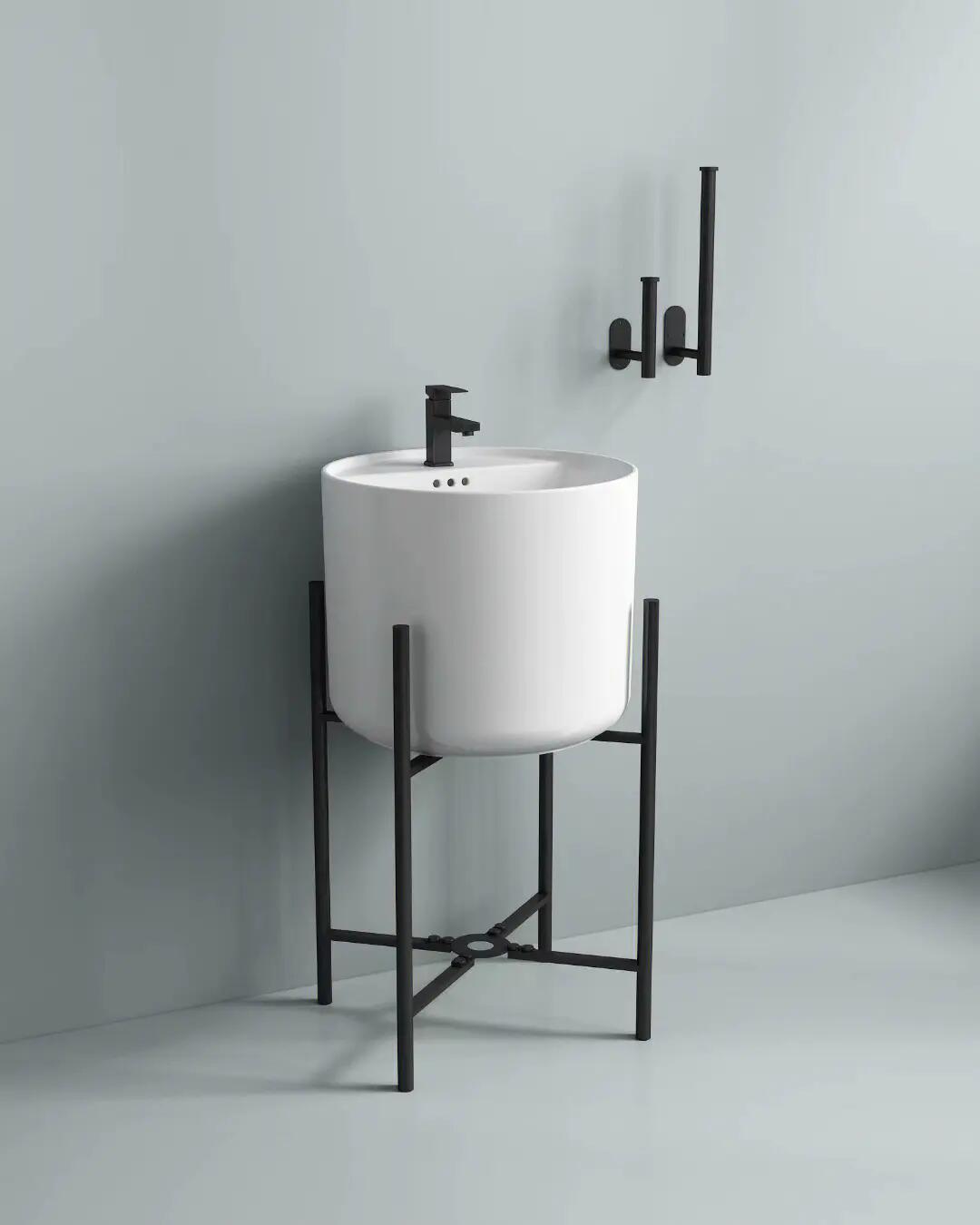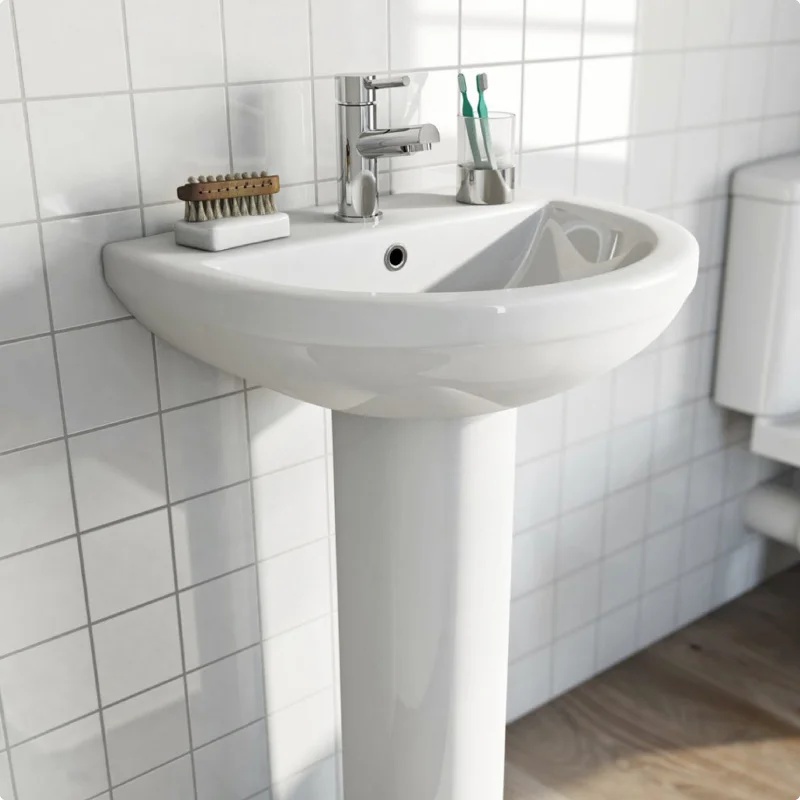Exploring the Diversity of Bathroom Wash Basins: Types, Advantages, and Drawbacks
The bathroom wash basin, often overlooked in its significance, is an essential fixture in any home. Beyond its functional purpose, it also contributes significantly to the aesthetics and overall ambiance of the bathroom space. With a myriad of options available in the market, choosing the right wash basin can be a daunting task. Understanding the various types, along with their advantages and disadvantages, can aid in making an informed decision tailored to individual preferences and requirements.
Types of Bathroom Wash Basins:
Pedestal Basins:
Pedestal basins are one of the most common types, characterized by a basin mounted on a pedestal, which conceals the plumbing. They are versatile and suitable for both small and large bathrooms. Pedestal basins come in various designs, from classic to contemporary, catering to different aesthetic preferences.
Pedestal basins F7121
Wall-Mounted Basins:
Wall-mounted basins are attached directly to the wall, with no pedestal or vanity unit beneath. They are ideal for smaller bathrooms or where space-saving is essential. Wall-mounted basins create a sleek and minimalist look, contributing to a sense of openness in the bathroom.
Wall-mounted basins
Countertop Basins:
Countertop basins sit on top of a vanity unit or countertop, providing a stylish and modern appearance. They offer ample space around the basin for placing toiletries and other bathroom essentials. Countertop basins come in various shapes and materials, allowing for customization according to individual preferences.
Undermount Basins:
Undermount basins are installed beneath the countertop, with the rim of the basin mounted beneath the surface. This type of basin is renowned for its seamless integration with the countertop, creating a clean and contemporary look. Undermount basins are easy to clean and maintain, as there are no exposed edges.
Semi-Recessed Basins:
Semi-recessed basins are partially inset into the countertop, with the front of the basin protruding slightly. They are a popular choice for bathrooms with limited space, as they provide a compromise between countertop and inset basins. Semi-recessed basins offer a unique aesthetic appeal while maximizing countertop space.
Advantages and Disadvantages:
Pedestal Basins:
Advantages:
Conceals plumbing, creating a tidy appearance.
Versatile design options to suit various bathroom styles.
Disadvantages:
Limited countertop space compared to other types.
May not provide storage options.
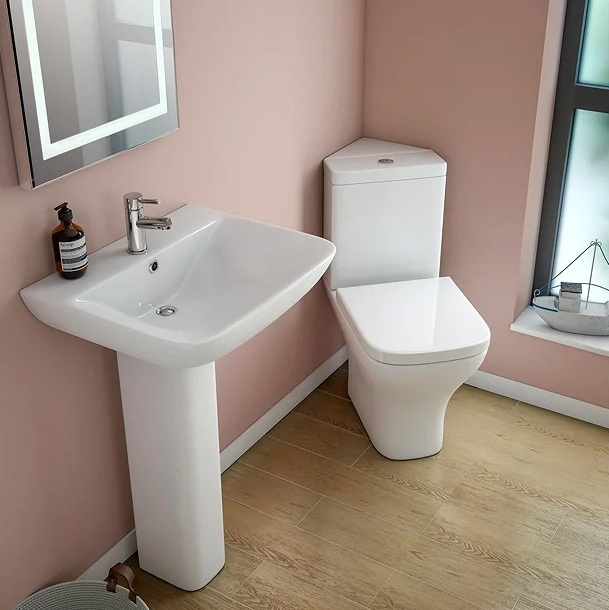
Wall-Mounted Basins:
Advantages:
Space-saving design, ideal for small bathrooms.
Easy to clean underneath the basin.
Disadvantages:
Requires sturdy wall support for installation.
Limited countertop space.
Countertop Basins:
Advantages:
Stylish and customizable design options.
Ample countertop space for placing toiletries.
Disadvantages:
Requires a compatible vanity unit or countertop.
May be prone to water splashes on surrounding surfaces.
Undermount Basins:
Advantages:
Seamless integration with the countertop for a sleek look.
Easy to clean with no exposed edges.
Disadvantages:
Installation may be more complex compared to surface-mounted basins.
Limited design options compared to other types.
Semi-Recessed Basins:
Advantages:
Space-saving design with a unique aesthetic appeal.
Maximizes countertop space while providing a stylish look.
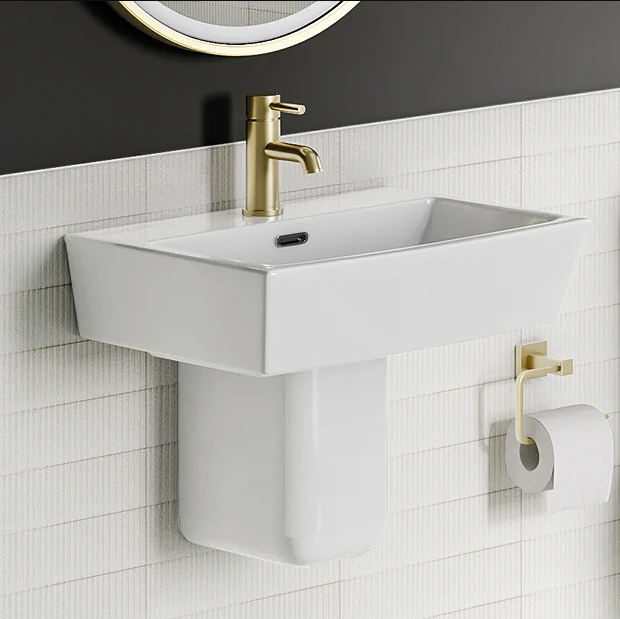
Disadvantages:
Limited depth compared to fully inset basins.
Requires precise measurement and installation for proper fit.
In conclusion, selecting the right bathroom wash basin involves considering factors such as space availability, aesthetic preferences, and functional requirements. Each type of wash basin offers its own set of advantages and disadvantages, catering to different needs and design sensibilities. By understanding these distinctions, homeowners can make an informed decision to enhance both the functionality and visual appeal of their bathroom spaces.



